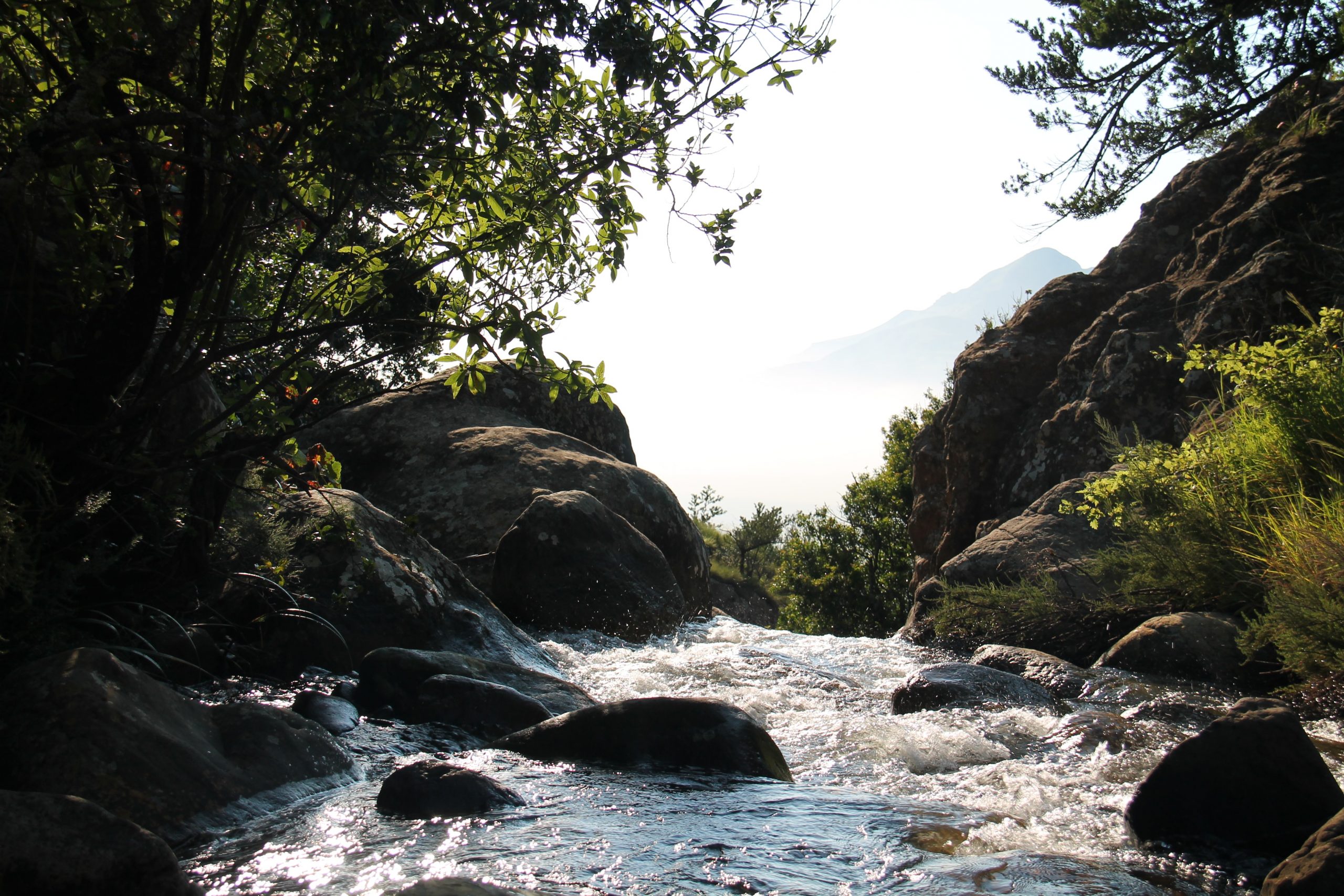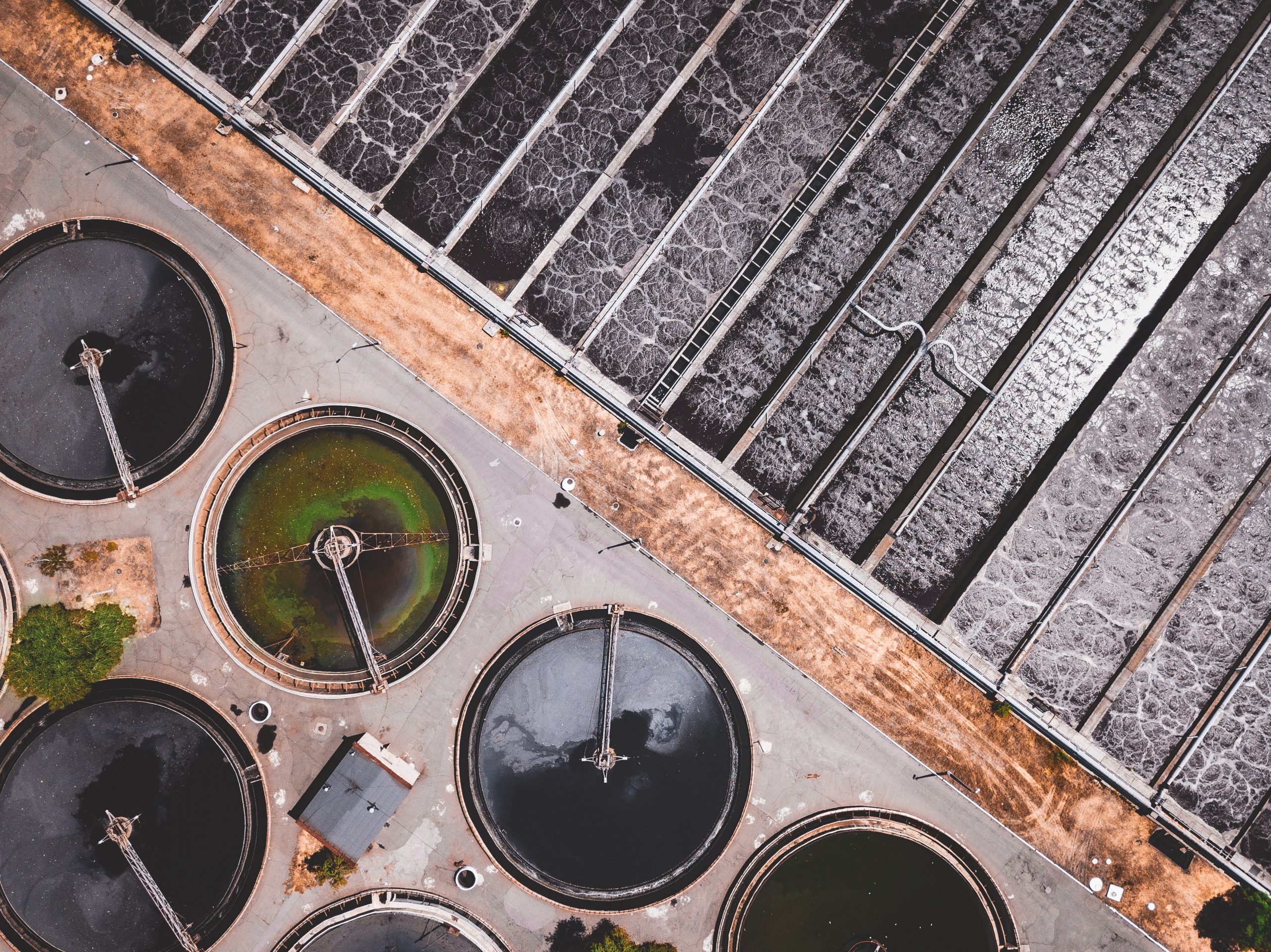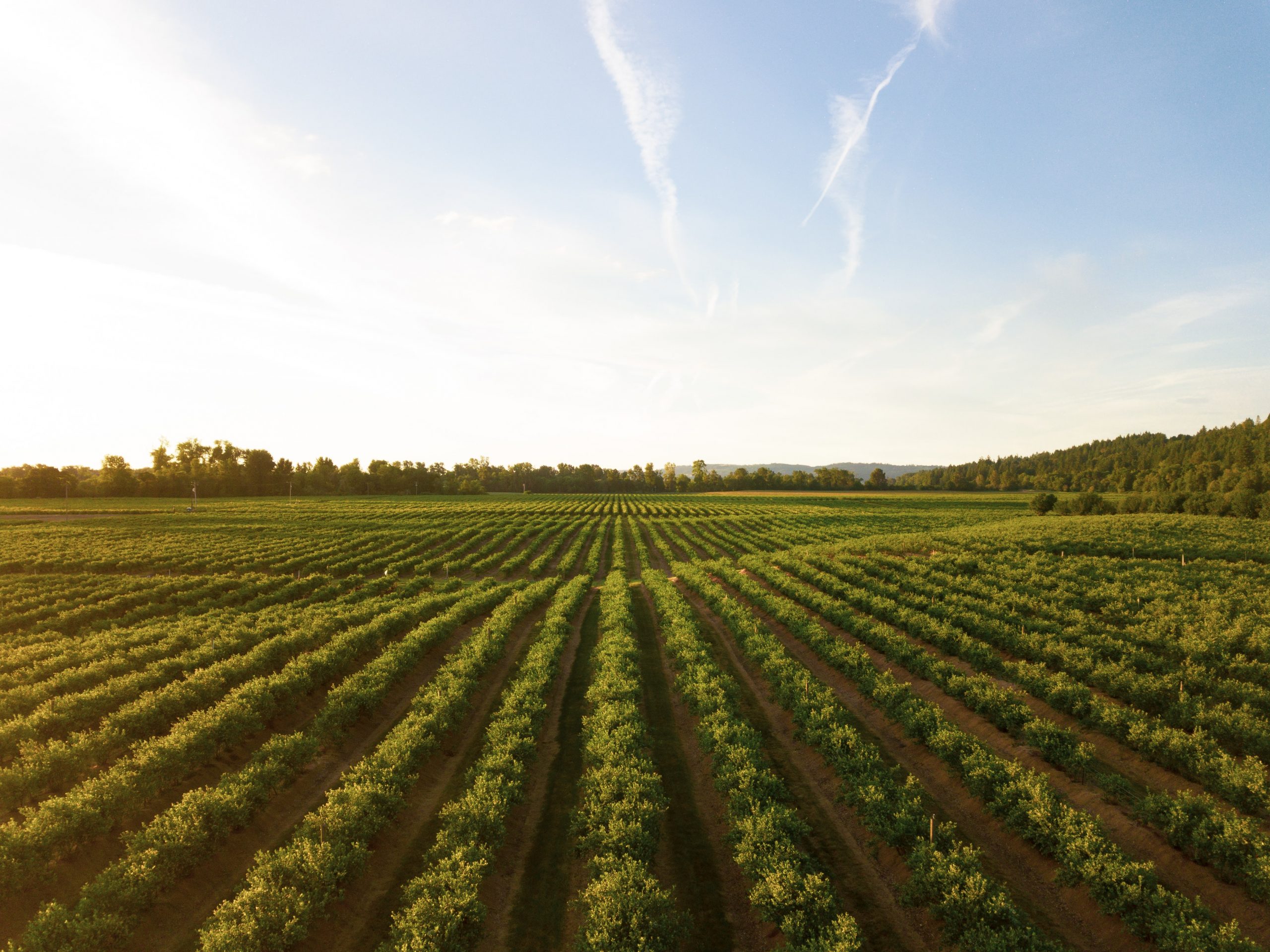
Water Data 101
By: Cassidy White
February 2021
There is not a corner of the globe that does not rely on water for essential ecosystem functions. In its many forms, water plays a role both in creating diverse ecosystems (e.g., through erosion and biogeochemical cycling) and enabling the life that inhabits them (e.g., freshwater and marine ecosystems, wetlands, and riparian zones). Comprised of two hydrogens and an oxygen, water’s unique elemental composition makes it a necessary component of physiological activities, enabling life through the processes of photosynthesis and respiration.
Water held a central role in facilitating the development of civilizations. Early peoples built communities around waterways and harnessed water through irrigation and agriculture to feed growing populations. Communities soon became cities that, in turn, began to rely on rivers and oceans for commerce and transportation. Today, societies continue to rely on water for agriculture, commerce, and transportation as well as for energy production, mining, industry, manufacturing, recreation, and domestic uses, among others.
As societies continue to evolve, populations rise, and economies expand, the vast uses of water grow ever wider and demand grows ever higher. Yet, water is a finite resource. Many regions are already experiencing water scarcity, especially as climate change exacerbates the strain on limited water resources. According to the UN, demand for water is expected to exceed supply by 40 percent in 2030 under current water use trends.[i] As nations, states, and cities plan for the future, water will need to be thoughtfully allocated, conservatively used, carefully managed, intentionally reused, and thoroughly monitored and understood to ensure the water needs of current and future generations are met and prepared for. To do so, we need to enable leaders and water managers to make educated decisions regarding water resources.

To enable sustainable, efficient, water management, we need to answer three key questions:
- How much water is available?
- How is it being used?
- What is its quality?
Water data is essential for answering these questions. But first, what is water data? What does it look like? Where does it come from? Well, as all good questions should be answered, that depends.
Water data comes in a variety of shapes and sizes. For example, environmental water data can come from handheld devices or in situ monitoring stations that remotely transmit data from lakes, rivers, oceans, or snowpack. Environmental water data includes measurement of physical parameters such as pH, dissolved oxygen, temperature, depth, precipitation, discharge, and velocity. It can also include biological and organic components such as chlorophyll levels, nutrient concentration, and bacteria count, to name a few.
Water data is collected by a diverse group of organizations across a wide range of sectors. The agricultural sector records measurements such as the volume of water withdrawn or diverted for irrigation and the volume of water returned to the environment. The industry, mining, and energy sectors also generate data on the volume of water they extract, its uses throughout their facilities, and the quality and quantity of water returned. Government agencies compile quantity and quality data for water collected by and distributed or released from water and wastewater treatment facilities. In addition, water utilities monitor environmental data for source water regions.
“As nations, states, and cities plan for the future, water will need to be thoughtfully allocated, conservatively used, carefully managed, intentionally reused, and thoroughly monitored and understood to ensure the water needs of current and future generations are met and prepared for.”
But what does all of this data tell us? Why collect it?
Water data is used for a variety of reasons, many of which are unique to the sector from which the data originated. For one, water data gives stakeholders and regulators the tools to ensure water rights compliance by farmers and ranchers, to monitor whether water treatment facilities are meeting drinking water regulations, and whether wastewater utilities and industries are meeting discharge water quality requirements.
Environmental data informs stormwater management and flood planning. Water treatment plants prepare treatment regimens based on data from their source water. Ecosystem health can be inferred from water data as can the efficiency of industry operations. Water data plays a critical role in land use and city planning as the availability and quality of water often dictates which industries can operate in a region and whether a city can meet the needs of its population.

Together, these data tell a story about water resources and consumption on societal and ecological levels. Although seemingly specific, they offer the potential to answer our key questions: how much water is available, how is it being used, and what is its quality. Returning to the dilemma of growing demand and diminishing supply, our current chapter can seem rather grim. Understanding the story of water resources, however, gives managers the power to recognize which changes they can make to alter the outcome of that story.
With access to the water data they need, water leaders and decision-makers can implement sustainability measures and improved management strategies to ensure water is available to meet the needs of a changing and growing society. Utility and industrial managers can identify pain points and inefficiencies in their operations, enabling optimized processes, water conservation, and predictive maintenance. Land managers can better identify and mitigate ecological stress and contamination associated with water resources. Furthermore, water data can give city, state, and national planners a more holistic understanding of the condition and use of water resources within their jurisdictions to inform regional planning and decision making.
In many cases, the data needed to answer our three central questions already being collected. However, data collection is highly fragmented, scattered across numerous agencies, scientific bodies, and industrial entities. To complicate matters further, data are often recorded in varying units and with differing standards, making data comparison difficult or impossible. This interoperability issue impedes analysis of large-scale trends. In addition, many datasets are not easily accessible, or are blocked from public or inter-agency use altogether. In fact, many states have pre-existing policies regarding data privacy that make sharing water data virtually illegal.
To address our most pressing water challenges….
To address the United States’ most pressing water challenges, states, agencies, and industries alike will need to take steps to ensure water data is open, accessible, and standardized. Only then will we be equipped with the tools to maintain abundant, secure water resources for all societal and ecological uses both now and in the future.

[1] https://www.unenvironment.org/news-and-stories/press-release/half-world-face-severe-water-stress-2030-unless-water-use-decoupled#:~:text=Under%20current%20trends%2C%20demand%20for,of%20%2440%20to%20%2445%20billion.
